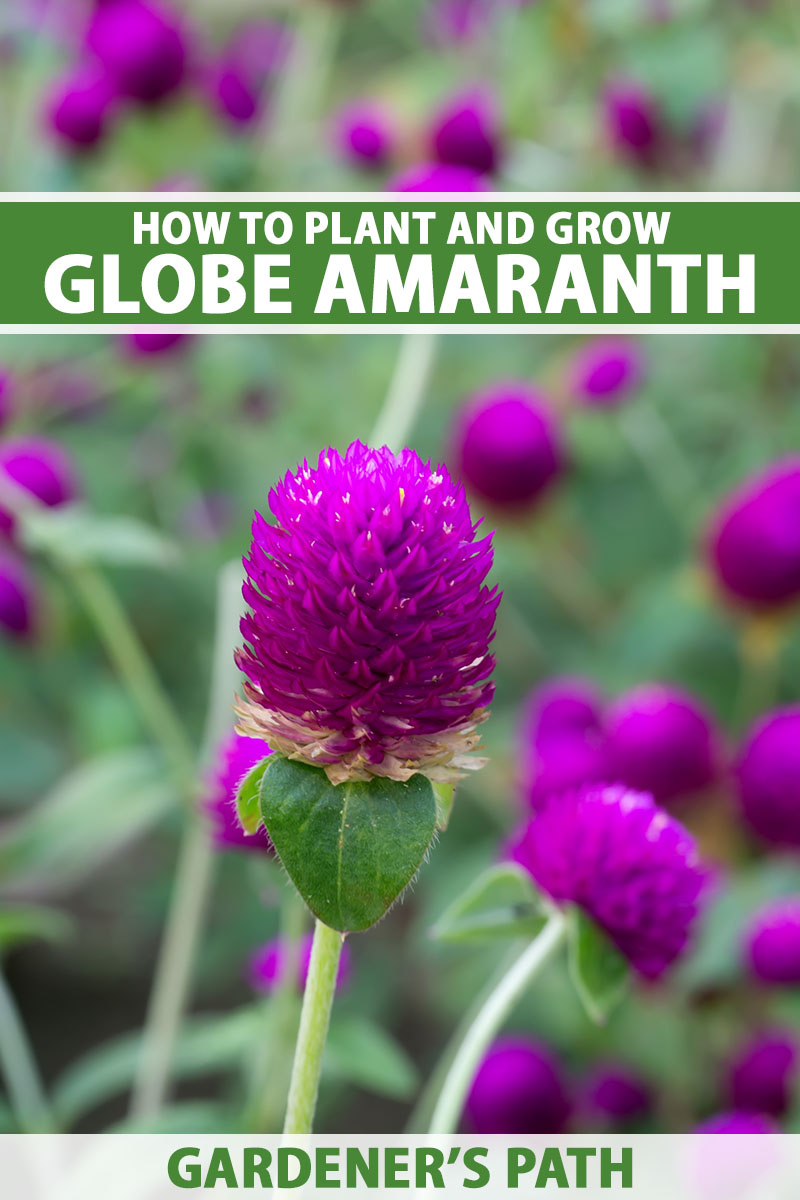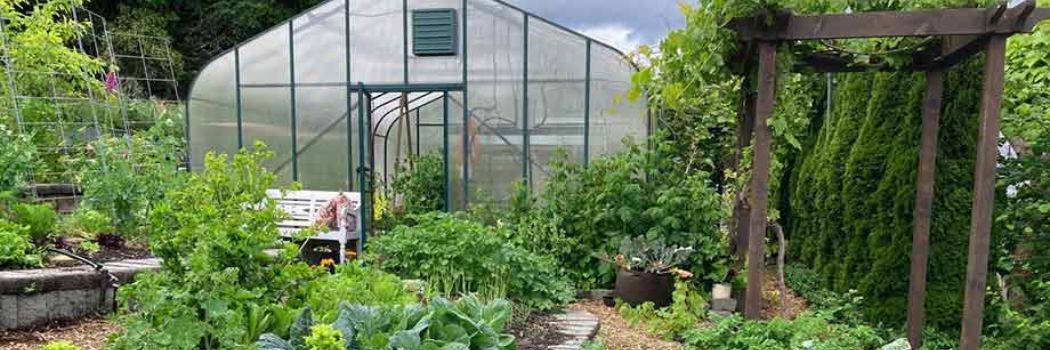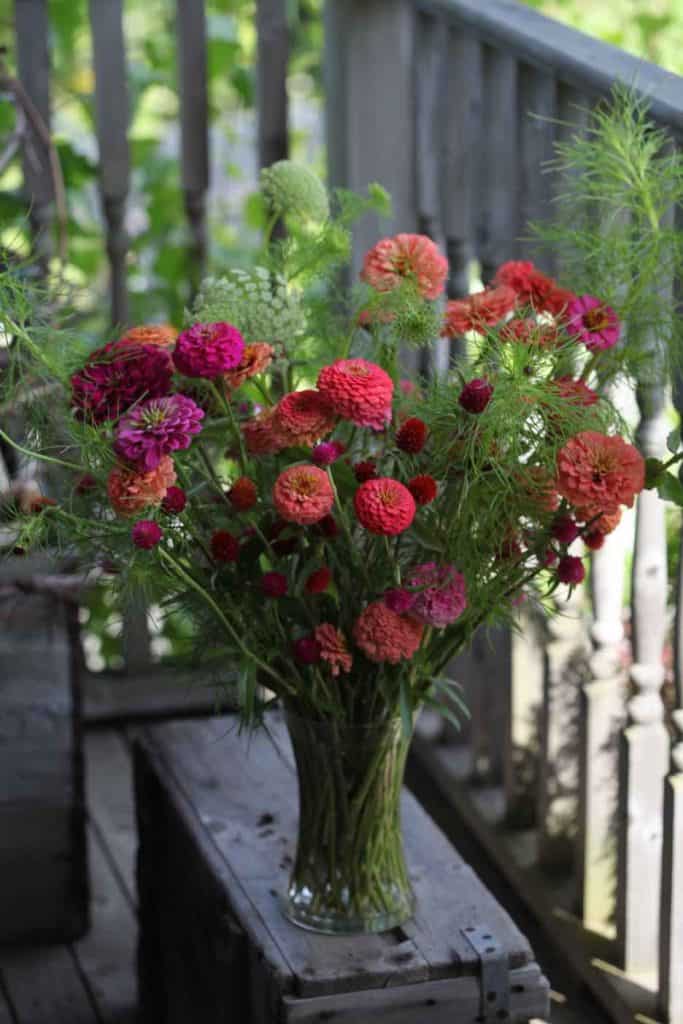The Best Companion Plants For Globe Amaranth
The Best Companion Plants for Globe Amaranth
Globe amaranth (Gomphrena globosa) is a beautiful annual flower that is known for its vibrant colors and fluffy blooms. It is a relatively easy plant to grow, but it can benefit from companion planting. Companion planting is the practice of planting different types of plants together in order to create a more beneficial and productive garden.
There are many different companion plants that can be grown with globe amaranth. Some of the best include:
- Marigolds: Marigolds are a great companion plant for globe amaranth because they help to repel pests. Marigolds produce a natural insecticide that can help to keep away aphids, whiteflies, and other pests.

- Celosia: Celosia is another annual flower that is known for its vibrant colors. It is a good companion plant for globe amaranth because it helps to attract pollinators. Celosia blooms attract butterflies, bees, and other beneficial insects that help to pollinate the globe amaranth flowers.

- Beans: Beans are a good companion plant for globe amaranth because they help to fix nitrogen in the soil. Nitrogen is an essential nutrient for plant growth, and beans can help to improve the nitrogen levels in the soil around the globe amaranth plants.

- Peas: Peas are another nitrogen-fixing plant that can be grown as a companion plant for globe amaranth. Peas are also a good choice because they can help to suppress weeds. The pea plants will help to shade out the weeds, making it difficult for them to grow.

- Tomatillos: Tomatillos are a member of the nightshade family, and they can benefit from being planted near globe amaranth. Tomatillos are susceptible to pests such as aphids and whiteflies, and globe amaranth can help to repel these pests.

- Corn: Corn is another good companion plant for globe amaranth. Corn is a tall plant, and globe amaranth can help to provide it with some shade. This can help to prevent the corn plants from getting too hot and stressed.

In addition to these specific companion plants, globe amaranth can also benefit from being planted near other annual flowers such as zinnias, cosmos, and sunflowers. These flowers all have similar growing requirements, and they can help to create a colorful and attractive garden.
When choosing companion plants for globe amaranth, it is important to consider the plants' growing requirements. Globe amaranth is a warm-season plant that prefers full sun and well-drained soil. It is also a relatively tall plant, so it is important to choose companion plants that will not shade it out.
With a little planning, you can create a beautiful and productive garden by companion planting globe amaranth with other beneficial plants.
Globe amaranth is a beautiful and versatile plant that can be grown in a variety of climates. It is also a great companion plant, meaning that it can help to improve the growth and health of other plants in your garden.
Some of the best companion plants for globe amaranth include:
- Tomatoes: Globe amaranth can help to deter pests from tomatoes, such as aphids and whiteflies.
- Corn: Globe amaranth can help to improve the pollination of corn, resulting in a larger harvest.
- Peas: Globe amaranth can help to fix nitrogen in the soil, which is beneficial for peas and other legumes.
- Basil: Globe amaranth and basil are both members of the mint family, and they can help to repel each other's pests.
If you are interested in learning more about globe amaranth companion plants, I recommend visiting Gardenia Inspiration. This website has a wealth of information on companion planting, including a list of specific plants that are compatible with globe amaranth.
FAQ of globe amaranth companion plants
Question 1: What are good companion plants for globe amaranth?
Answer: Globe amaranth is a warm-season annual that can be grown in USDA hardiness zones 8-11. It is a good companion plant for tomatoes, peppers, eggplants, and cucumbers. It also attracts butterflies and other pollinators, so it can be planted near other flowers to attract these beneficial insects.
Some other good companion plants for globe amaranth include:
- Lantana
- Zinnias
- Gazania
- Rudbeckia
- Celosia
Question 2: What are the benefits of companion planting with globe amaranth?
Answer: There are several benefits to companion planting with globe amaranth. These include:
- Attracting pollinators: Globe amaranth attracts butterflies and other pollinators, which can help to pollinate other plants in your garden.
- Disease and pest control: Globe amaranth can help to repel pests and diseases, such as aphids, spider mites, and whiteflies.
- Improving soil quality: Globe amaranth can help to improve soil quality by adding nitrogen and other nutrients.
- Competitive exclusion: Globe amaranth can help to suppress the growth of weeds.
Question 3: How do I choose companion plants for globe amaranth?
Answer: When choosing companion plants for globe amaranth, it is important to consider the following factors:
- Planting requirements: Globe amaranth and its companion plants should have similar planting requirements, such as sun exposure, soil type, and water needs.
- Competitive exclusion: It is important to choose companion plants that will not compete with globe amaranth for resources.
- Benefits: Choose companion plants that will provide benefits to globe amaranth, such as attracting pollinators, repelling pests, or improving soil quality.
Question 4: How far apart should I plant globe amaranth and its companion plants?
Answer: The spacing requirements for globe amaranth and its companion plants will vary depending on the size of the plants. However, as a general rule, you should space globe amaranth plants about 12-18 inches apart, and companion plants about 6-12 inches apart.
Question 5: What are some common problems with globe amaranth companion planting?
Answer: Some common problems with globe amaranth companion planting include:
- Competitive exclusion: If companion plants are too close together, they may compete for resources and stunt each other's growth.
- Pests and diseases: Companion plants that are susceptible to the same pests and diseases may increase the risk of infection.
- Poor soil quality: If the soil is not fertile enough, companion plants may not thrive.
Image of globe amaranth companion plants
- Lantana is a colorful and versatile plant that can be used as a companion for globe amaranth. It attracts butterflies and other pollinators, and it can help to deter pests.

- Zinnias are another great choice for a companion plant for globe amaranth. They come in a variety of colors, and they bloom for a long period of time.

- Gazania is a drought-tolerant plant that is perfect for hot, dry climates. It blooms in a variety of colors, and it attracts butterflies.

- Rudbeckia is a tall, stately plant that adds height and interest to a garden. It blooms in yellow, orange, or red, and it attracts butterflies and other pollinators.

- Celosia is a colorful and feathery plant that is perfect for adding a touch of drama to a garden. It blooms in a variety of colors, and it attracts butterflies.

Post a Comment for "The Best Companion Plants For Globe Amaranth"